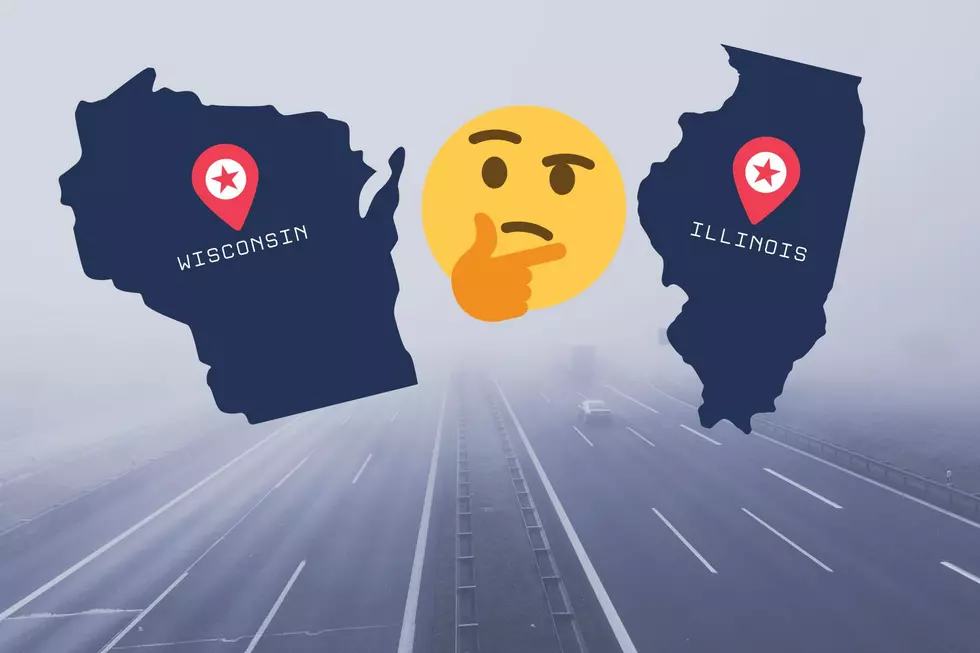
Yes, There Was An Earthquake In Illinois This Week- Did You Feel It?
The New Madrid Seismic Zone (NMSZ), located in southeastern Missouri, northeastern Arkansas, western Tennessee, western Kentucky, and southern Illinois, is the most active seismic area in the United States, east of the Rocky Mountains.
In fact, the region has experienced devastating quakes in the past, with one of the most significant occurring near the Mississippi River on December 16, 1811, with a powerful magnitude of 8.1.
The possibility of a large earthquake strong enough to shake the entire eastern United States isn't out of the question even today.
A Quake Felt Far and Wide
That earthquake in 1811 shook people awake in places as far as New York City, Washington, DC, and Charleston.
The quake was intense enough to cause the ground to shake for 3 minutes in areas near the epicenter. It caused liquefaction of the ground (dirt and water were thrown tens of feet into the air).
Even President James Madison and his wife felt the quake in the White House, and church bells rang in Boston due to the shaking.
READ MORE: Did You Know There’s A Legit Volcano Hiding Beneath One Illinois Forest?
Unprecedented Earthquake Swarm
The 1811 quake wasn't an isolated incident; it triggered a series of events that continued for months.
There were 2,000+ earthquakes in the Midwest from December 1811 through Match of 1812 with a staggering 6,000-10,000 earthquakes centered in the "Bootheel" of Missouri, where the New Madrid Seismic Zone is located.
Unveiling the Devastating Aftershocks
The aftermath of the quakes' intense aftershocks caused significant damage and loss of life.
Apart from the shaking, these quakes also led to unusual natural phenomena in the area, including earthquake lights, seismically heated water, and earthquake smog.
The full magnitude of the catastrophe wasn't fully understood at the time due to the lack of scientific tools and limited news-gathering capabilities of that era.
A Minor Tremor in Southern Illinois on July 26, 2023
Last night, a mild earthquake sent some ripples through southern Illinois, close to the heart of the New Madrid Seismic Zone.
The US Geological Survey (USGS) reported that it was a magnitude 2.1 event, which might not sound like much, but it can still be felt by most people.
According to USGS, the earthquake struck at 5:57 pm from a depth of 7.8 km; it was rated a magnitude 2.1 event. - WeatherBoy
Luckily, there were no injuries or damages reported, and it barely caused a stir according to the USGS's "Did you feel it?" web-based reporting tool.
READ MORE: Do You Know The Difference Between A Tornado Warning And A Watch?
Preparing for the Big One
While last night's earthquake was no cause for concern, authorities are worried that people aren't fully prepared for a major earthquake that might strike the region in the future.
The New Madrid Seismic Zone (NMSZ) has a history of powerful earthquakes, and experts say it's not a question of "if" but "when" the next one will hit.
LOOK: The most extreme temperatures in the history of every state
LOOK: The most expensive weather and climate disasters in recent decades
More From Rockford's New Country Q98.5









